• Inmarsat and RigNet sign long-term distribution agreement for Global Xpress and L-band services
• RigNet signs significant 4-year Global Xpress capacity pre-purchase
• RigNet acquires Inmarsat's retail energy operations
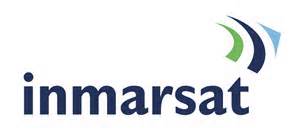 Inmarsat plc (LSE: ISAT), a leading provider of global mobile satellite communications services, and RigNet, Inc. (NASDAQ: RNET), a
Inmarsat plc (LSE: ISAT), a leading provider of global mobile satellite communications services, and RigNet, Inc. (NASDAQ: RNET), a  leading global provider of managed remote communications solutions to the oil and gas industry, has announced a wide-ranging strategic transaction involving the appointment of RigNet to distribute Inmarsat's Global Xpress and L-band services to the energy sector and the sale of Inmarsat's retail energy business to RigNet.
leading global provider of managed remote communications solutions to the oil and gas industry, has announced a wide-ranging strategic transaction involving the appointment of RigNet to distribute Inmarsat's Global Xpress and L-band services to the energy sector and the sale of Inmarsat's retail energy business to RigNet.
Under the terms of the agreement, RigNet will become a key Global Xpress distribution partner for the global energy sector and will offer Global Xpress and L-band services to RigNet's growing customer base. In connection with the appointment, RigNet has entered into to a significant 4-year Global Xpress capacity pre-purchase.
To further enhance the strategic value of the partnership, Inmarsat has agreed to sell to RigNet its retail energy operations, currently managed within the Inmarsat Solutions Enterprise business unit, for a total consideration of US$25 million. The sale will include Inmarsat's microwave and WiMAX networks in the US Gulf of Mexico serving drillers, producers and energy vessel owners; its VSAT interests in Russia, the UK, the US and Canada, its telecommunications systems integration business operating worldwide, and its retail L-band energy satcoms business. In 2012, the operations subject to the sale had total revenues of $81 million. The overall transaction is subject to customary closing conditions, including regulatory approvals, and is expected to close during or before the first quarter 2014.
RigNet, based in Houston, Texas, provides managed remote communication services in over thirty countries on six continents, covering over 1,100 oil and gas related sites ranging from drilling rigs to production facilities and energy vessels.
Rupert Pearce, Inmarsat's Chief Executive Officer, said "We are excited about this partnership as it enhances the strategic positioning of both companies as we seek to address the communications needs of the global energy sector together. RigNet is the perfect partner for Inmarsat, supporting a large customer base of oil and gas VSAT customers, whom we expect to be at the forefront of the transition to Global Xpress services. We also welcome the opportunity to work with RigNet's management team with its extensive knowledge of VSAT operations and customers. This partnership prepares the way for a fast and successful take up of Global Xpress services in the global energy sector.'’
Mark Slaughter, RigNet's chief executive officer and president, said, "We are delighted to enter into this strategic partnership with Inmarsat. As the two companies came together for discussions over a number of months - with RigNet evaluating high-throughput satellite providers and Inmarsat seeking a strong distribution channel into the energy market for its Global Xpress offering - it quickly became clear that this deal represented the best path forward for both companies."
"With the purchase of Inmarsat's energy broadband business and the addition of Global Xpress to our transport options, we will broaden and deepen our capabilities to serve the oil and gas industry across the life of the field from drilling through production," Slaughter added. "This deal will enhance our services portfolio with world-class additions. The highly-skilled staff that comes with the business will expand our team at an opportune time in the energy cycle. Altogether, RigNet's extensive product and services portfolio tailored for the oil and gas industry, coupled with the unprecedented connectivity capabilities of Inmarsat's Global Xpress network, sets the stage for a step change in managed remote communications services to the oil and gas industry."
Trinity Advisers S.A. acted as Inmarsat's advisor and Steptoe & Johnson LLP acted as legal counsel on the transaction.
.


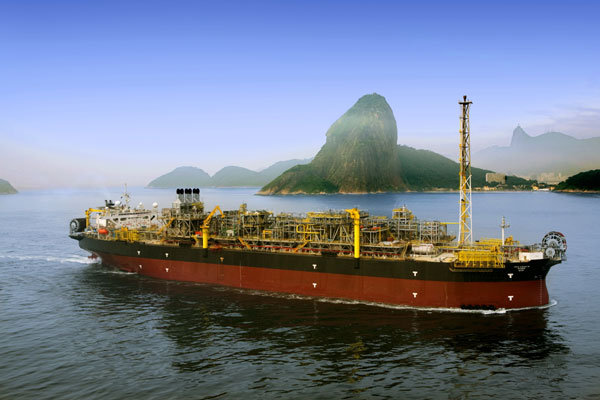 billion FPSO for Nigeria (a record price for an FPSO), two $1.8 billion FPSOs for Brazil, a $1.8 billion FPSO for the UK, a $1.3 billion production barge for the Congo and a $1.0 billion FPSO for the Gulf of Mexico.
billion FPSO for Nigeria (a record price for an FPSO), two $1.8 billion FPSOs for Brazil, a $1.8 billion FPSO for the UK, a $1.3 billion production barge for the Congo and a $1.0 billion FPSO for the Gulf of Mexico. Hamburg: “Making technology-based decisions is complex for each individual company, as is finding the right way into the future. We fully support the overall political will and dedication to reduce harmful emissions from ship operations.”
Hamburg: “Making technology-based decisions is complex for each individual company, as is finding the right way into the future. We fully support the overall political will and dedication to reduce harmful emissions from ship operations.” The Ferguson Group,
The Ferguson Group,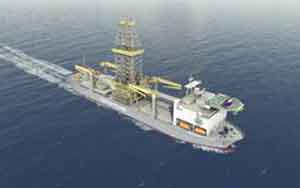 Energy, L.P. ("Cobalt") (NYSE:
Energy, L.P. ("Cobalt") (NYSE: 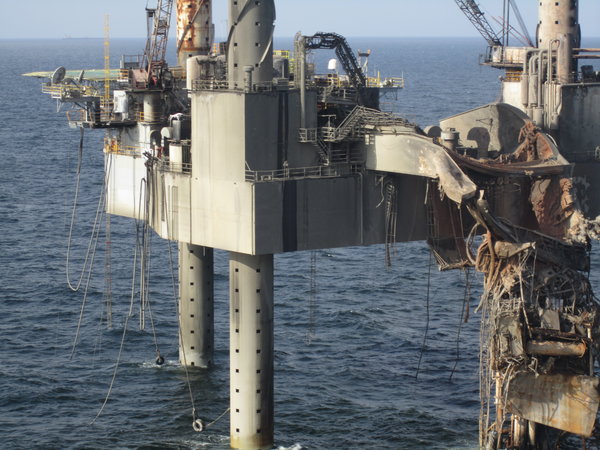 oversee and coordinate response efforts to secure the South Timbalier 220 natural gas Well A-3. Safety of personnel and protection of the environment remain the top priorities.
oversee and coordinate response efforts to secure the South Timbalier 220 natural gas Well A-3. Safety of personnel and protection of the environment remain the top priorities.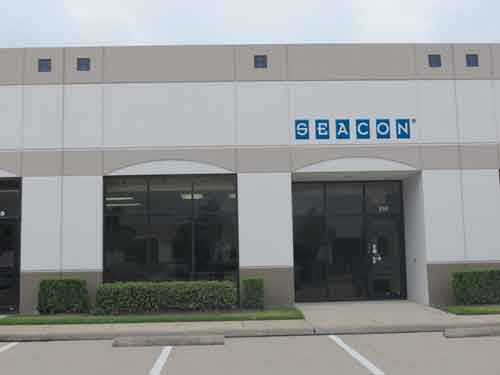 Encapsulating & Molding facility in the West Houston area, opening to develop even greater levels of support both to the Gulf Coast region and internationally.
Encapsulating & Molding facility in the West Houston area, opening to develop even greater levels of support both to the Gulf Coast region and internationally.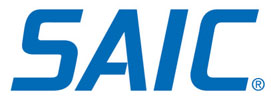 Science Applications International Corporation (SAIC) [
Science Applications International Corporation (SAIC) [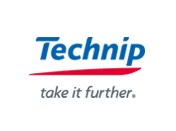 The joint venture formed by
The joint venture formed by 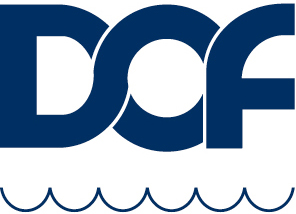 cover the construction of four new pipelay support vessels (PLSVs) and operation in Brazilian waters to install flexible pipes. The combined value for Technip is approximately €1.35 billion.
cover the construction of four new pipelay support vessels (PLSVs) and operation in Brazilian waters to install flexible pipes. The combined value for Technip is approximately €1.35 billion.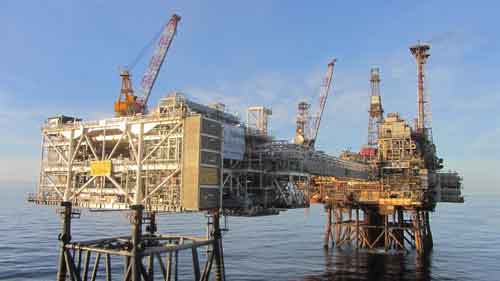 The Bacchus B-1 development well, which commenced production in July, currently is producing 9,400 barrels of oil per day. Apache logged 2,057 feet net oil pay along a horizontal completion segment in high quality Jurassic-aged Fulmar sandstone in the field's western fault block. Oil from the Bacchus Field is produced through a subsea tie-back to Apache's Forties Alpha platform.
The Bacchus B-1 development well, which commenced production in July, currently is producing 9,400 barrels of oil per day. Apache logged 2,057 feet net oil pay along a horizontal completion segment in high quality Jurassic-aged Fulmar sandstone in the field's western fault block. Oil from the Bacchus Field is produced through a subsea tie-back to Apache's Forties Alpha platform. Ascent Resources plc
Ascent Resources plc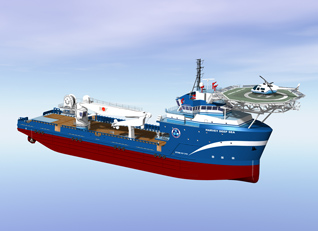

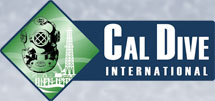 Cal Dive International, Inc
Cal Dive International, Inc Inmarsat plc (LSE: ISAT)
Inmarsat plc (LSE: ISAT) leading global provider of managed remote communications solutions to the oil and gas industry, has announced a wide-ranging strategic transaction involving the appointment of RigNet to distribute Inmarsat's Global Xpress and L-band services to the energy sector and the sale of Inmarsat's retail energy business to RigNet.
leading global provider of managed remote communications solutions to the oil and gas industry, has announced a wide-ranging strategic transaction involving the appointment of RigNet to distribute Inmarsat's Global Xpress and L-band services to the energy sector and the sale of Inmarsat's retail energy business to RigNet.